Home>Ideas and Tips>Indoor Rubber Plant Care Ficus Elastica Growing Guide
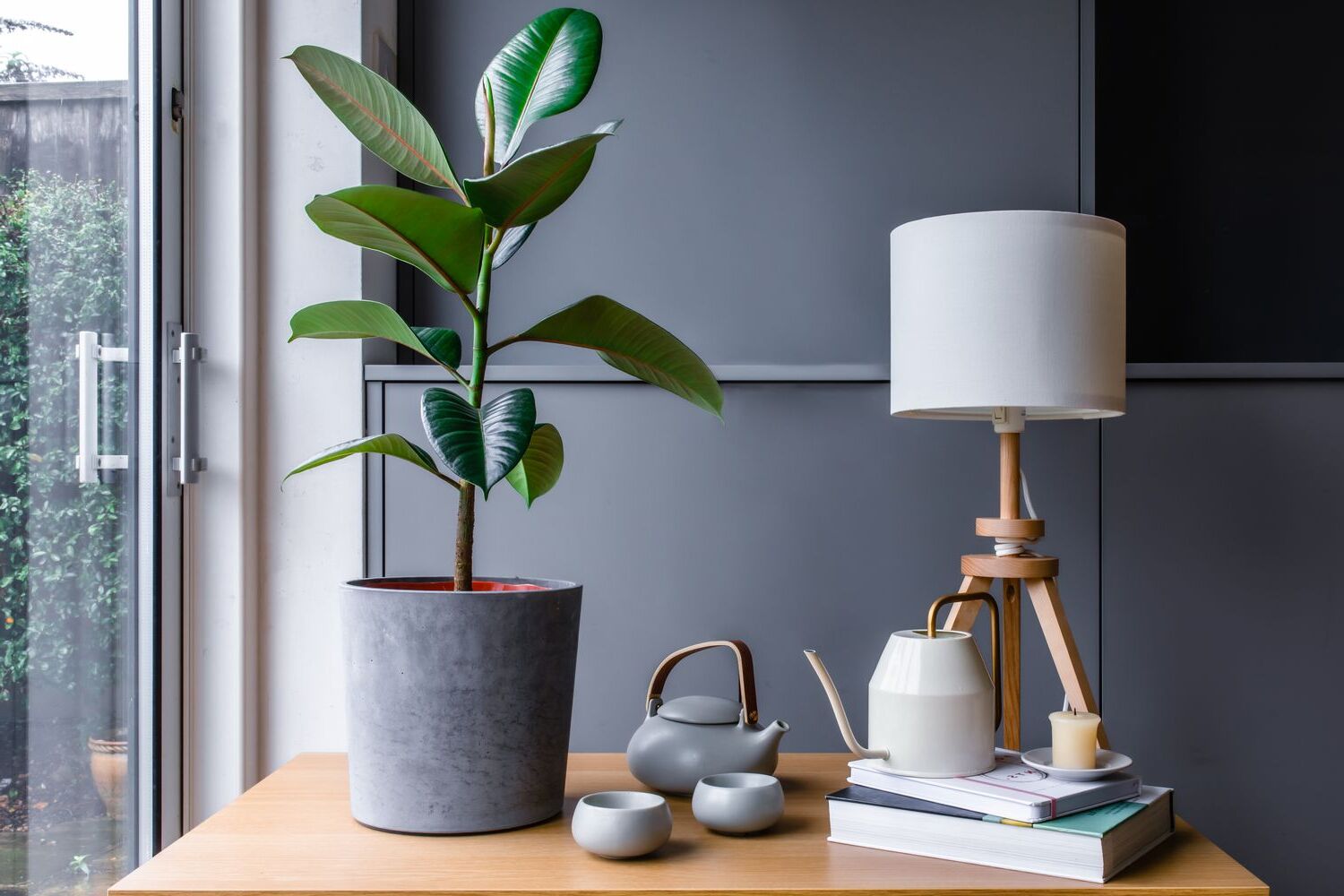

Ideas and Tips
Indoor Rubber Plant Care Ficus Elastica Growing Guide
Modified: October 20, 2024
Learn how to care for your indoor Rubber Plant (Ficus Elastica) with our comprehensive growing guide. Tips on light, watering, soil, and more!
(Many of the links in this article redirect to a specific reviewed product. Your purchase of these products through affiliate links helps to generate commission for Storables.com, at no extra cost. Learn more)
The Ficus Elastica, commonly known as the Rubber Plant, is a popular choice for indoor gardening due to its striking appearance and relatively low maintenance requirements. Native to Southeast Asia, this tropical plant can thrive in a variety of environments when provided with the right conditions. In this comprehensive guide, we will delve into the specifics of caring for your Ficus Elastica, covering everything from light and water requirements to fertilization and pruning.
Understanding Your Rubber Plant
Before diving into the care instructions, it's essential to understand the basics of your Rubber Plant. Here are some key points:
- Scientific Name: Ficus Elastica
- Common Names: Rubber Plant, Rubber Tree, Rubber Fig
- Varieties: The most popular varieties include ‘Robusta’, ‘Burgundy’, ‘Tineke’, ‘Ruby’, ‘Doescheri’, and ‘Tricolor’. Each variety offers unique foliage colors and patterns, making them a versatile choice for indoor decor.
Origin
The Ficus Elastica originates from the tropical regions of Southeast Asia, including the Himalayas, Sumatra, Malaysia, and Java. In its natural habitat, this plant can grow up to 50 to 100 feet tall, but when grown indoors, it typically reaches heights of six to ten feet.
Light Requirements
One of the most critical factors in caring for your Rubber Plant is providing the right amount of light. While Ficus Elastica can tolerate lower light conditions, it thrives best in bright, indirect light. Here are some guidelines for placing your plant:
-
Bright Light: Place your Rubber Plant in a location where it receives at least six to eight hours of bright, indirect light each day. East-facing windows are ideal as they provide gentle morning sunlight without the harsh afternoon rays.
-
Avoid Direct Sunlight: Direct sunlight can cause the leaves to become sunburned and lose their glossy appearance. If possible, keep your plant several feet away from south-facing or west-facing windows to avoid intense afternoon sun.
-
Even Growth: To maintain even growth and prevent legginess, rotate your Rubber Plant by a quarter turn every month. This simple step ensures that all sides of the plant receive adequate light.
Watering
Proper watering is crucial for maintaining the health of your Rubber Plant. Here are some tips to help you water your plant correctly:
-
Soil Moisture: Check the moisture level of the soil by inserting your finger about 2.5 to 5 cm into the soil. If it feels dry, it's time to water.
-
Watering Frequency: Water your Rubber Plant when the top 2.5 to 5 cm of soil is dry. Avoid letting the plant sit in water as this can lead to root rot.
-
Drainage: Ensure that your pot has sufficient drainage holes to allow excess water to seep through. This prevents water from collecting in the saucer and reduces the risk of root rot.
-
Overwatering: Rubber Plants are more tolerant of drought than overwatering. However, if you notice yellowing leaves or droopy stems, it may be a sign that your plant is receiving too much water.
-
Water Temperature: Allow tap water to sit out overnight before watering. This allows harmful chemicals in the water to evaporate, making it safer for your plant.
Soil Requirements
The type of soil you use can significantly impact the health of your Rubber Plant. Here are some guidelines for choosing the right soil:
-
Well-Draining Soil: Use a well-draining soil mix that contains equal quantities of peat, pine bark, and perlite. Alternatively, you can use a 50/50 mix of potting soil and peat as long as it drains well when tested under water.
-
Aeration: Ensure that the soil provides good aeration to prevent root rot. An all-purpose commercial potting mix designed for indoor container growing is ideal.
Temperature and Humidity
Rubber Plants prefer moderate to warm temperatures and moderate humidity levels. Here are some guidelines for maintaining the right environment:
-
Temperature: Keep your Rubber Plant in an area with temperatures between 10°C and 29°C (50°F to 85°F). Avoid placing it near cold windows or exterior doors during winter.
-
Humidity: Maintain moderate humidity levels between 40% and 50%. If your space is very dry, consider running a small humidifier near your plant or grouping it together with other houseplants to create a more humid microclimate.
Fertilization
Fertilizing your Rubber Plant regularly helps promote strong growth and vibrant foliage. Here are some tips for fertilizing:
-
Fertilizer Type: Feed your Rubber Plant with a balanced liquid houseplant fertilizer diluted to half strength every two weeks during the growing season (spring through late summer). Natural-based fertilizers like Alaska Fish Fertilizer 5-1-1 can also be used to retain the leafy sheen.
-
Avoid Overfertilizing: Avoid overfertilizing as this can be more harmful than beneficial. Fertilize only during the growing season, and consider topdressing with worm compost and compost blend in early spring for additional nourishment.
Pruning
Pruning is essential for maintaining the shape and health of your Rubber Plant. Here are some tips for pruning:
-
Pruning Tools: Use clean, sharp pruners to cut back any dead, damaged, or overgrown leaves and stems.
-
Encourage Branching: To encourage branching, prune back the branches a few inches in late winter. This stimulates new growth at the cut.
-
Remove Dead Leaves: Remove any dead or damaged leaves anytime, but always wear gloves as the milky sap can cause skin reactions.
Repotting
Repotting your Rubber Plant every one to two years helps prevent root bound conditions and promotes continued growth. Here are some guidelines for repotting:
-
Choose the Right Pot: Choose a pot just slightly larger than the current one to reduce transplant shock.
-
Well-Draining Soil: Use well-draining soil that provides aeration when repotting. A mix of peat, pine bark, and perlite or an all-purpose commercial potting mix is ideal.
-
Spring or Summer Repotting: Repot your Rubber Plant in spring or summer when it is actively growing. Avoid repotting during winter when the plant is dormant.
Propagation
Propagating your Rubber Plant from cuttings is a simple process that can help you multiply your plant. Here are some steps for propagation:
-
Cuttings: Take stem cuttings from the plant in early spring. Improve your success rate by using GardenTech RootBoost Rooting Hormone.
-
Root Development: Place the cuttings in water or a propagation tray filled with a rooting medium until roots develop.
Troubleshooting Common Issues
Despite proper care, your Rubber Plant may still encounter some common issues. Here are some troubleshooting tips:
-
Leaf Loss: Leaf loss is a common occurrence in Rubber Plants kept in areas that are too dark or too drafty. Ensure your plant is placed in a location with bright, indirect light and away from drafts.
-
Yellowing Leaves: Yellowing leaves can indicate overwatering or underwatering. Adjust your watering schedule accordingly.
-
Droopy Stems: Droopy stems often indicate that the plant needs more light or has been overwatered. Adjust the lighting and watering schedule accordingly.
Conclusion
Caring for your Ficus Elastica, or Rubber Plant, requires attention to its specific needs regarding light, water, soil, temperature, and humidity. By following these guidelines, you can ensure your plant thrives indoors and adds a touch of tropical elegance to your home decor. Remember to prune regularly, repot as needed, and propagate new plants to enjoy the beauty of this versatile houseplant for years to come.
Was this page helpful?
At Storables.com, we guarantee accurate and reliable information. Our content, validated by Expert Board Contributors, is crafted following stringent Editorial Policies. We're committed to providing you with well-researched, expert-backed insights for all your informational needs.
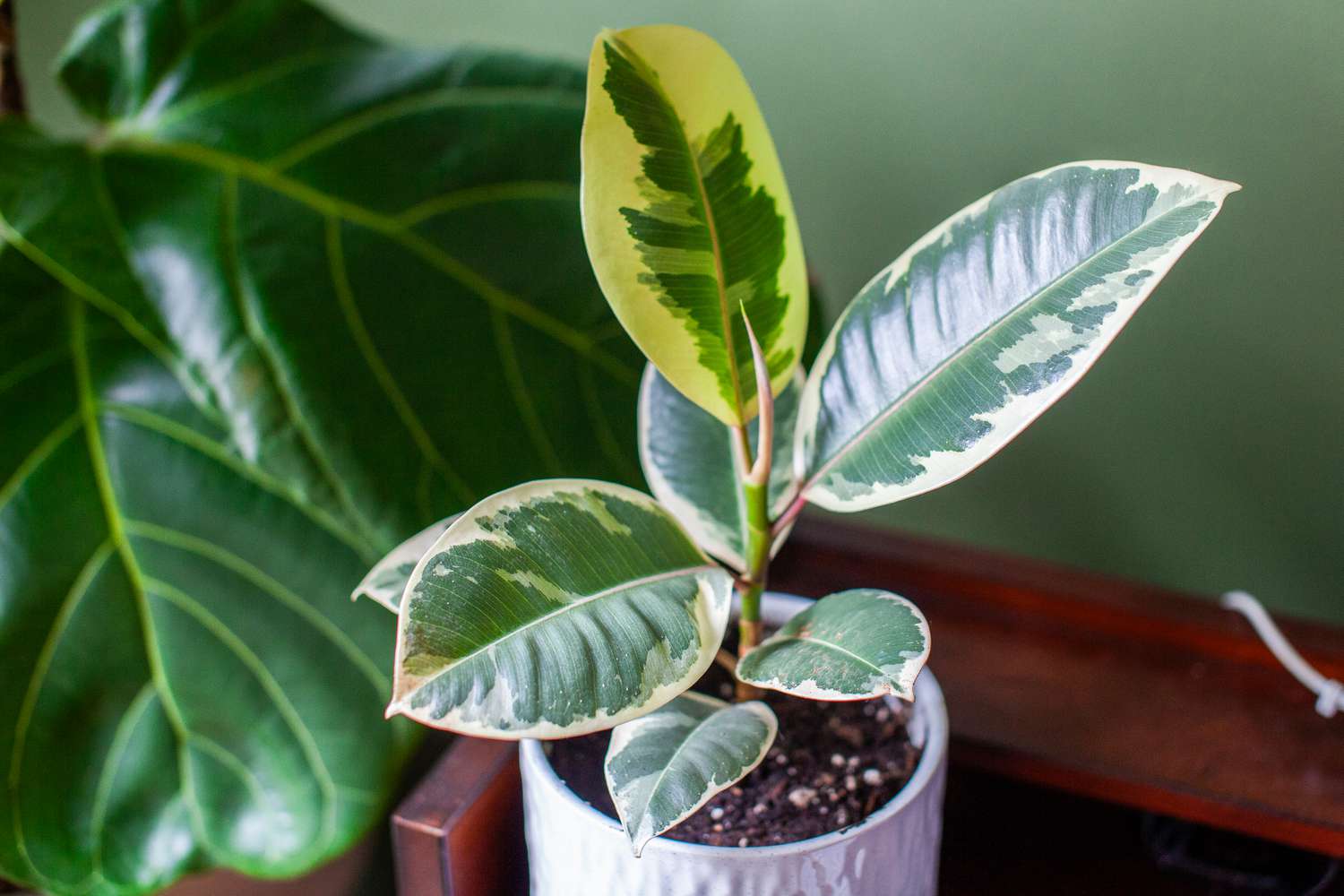
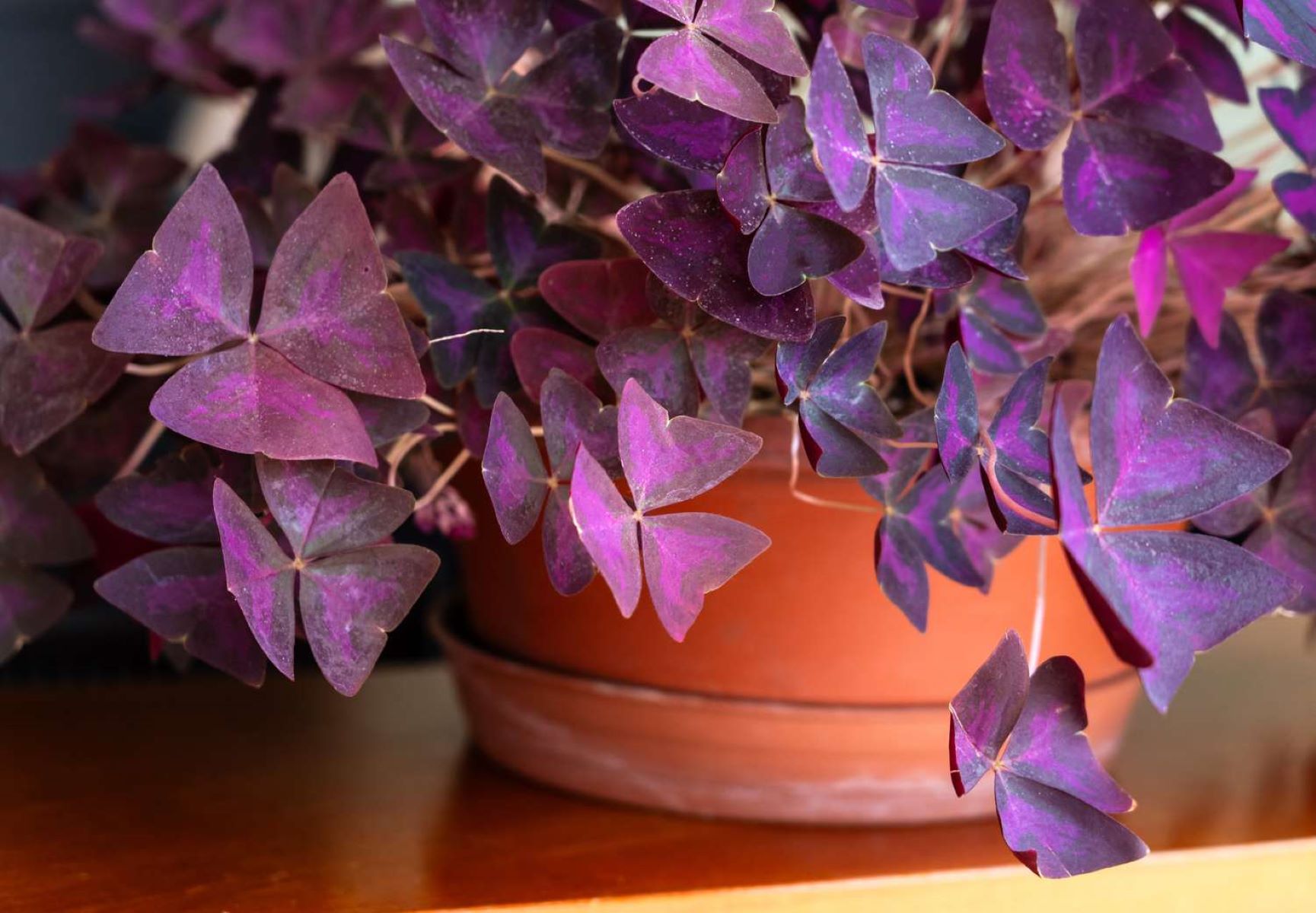
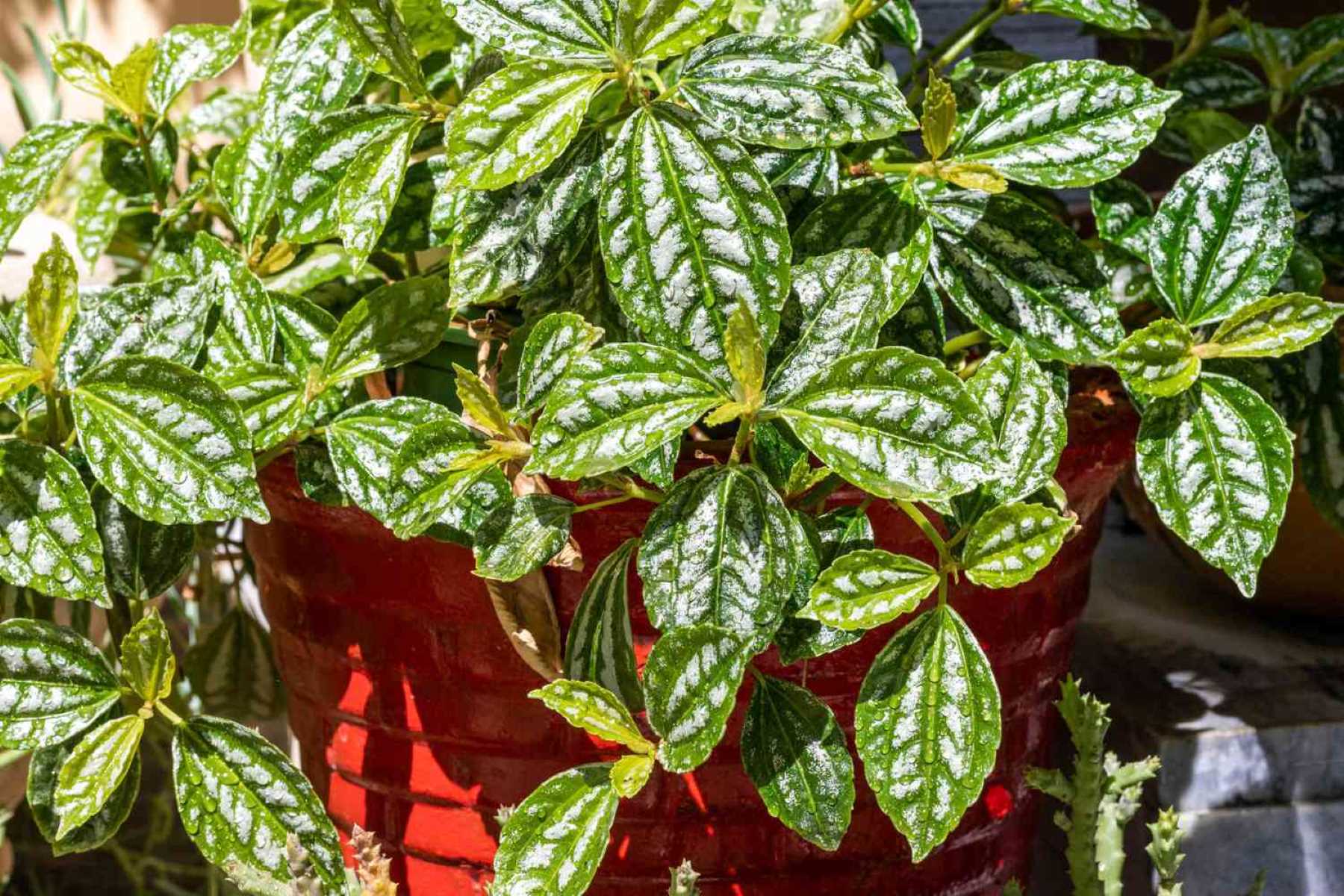
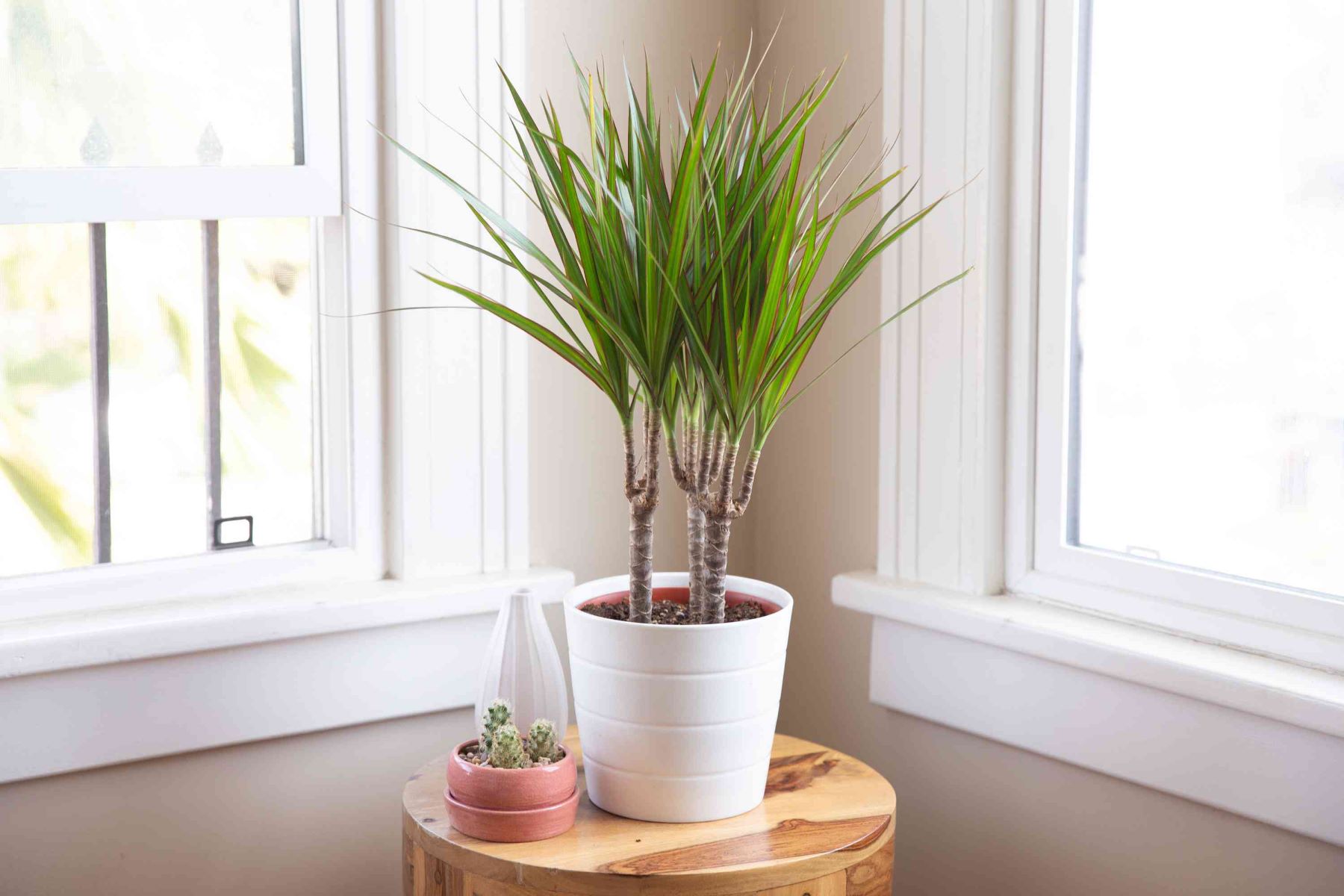
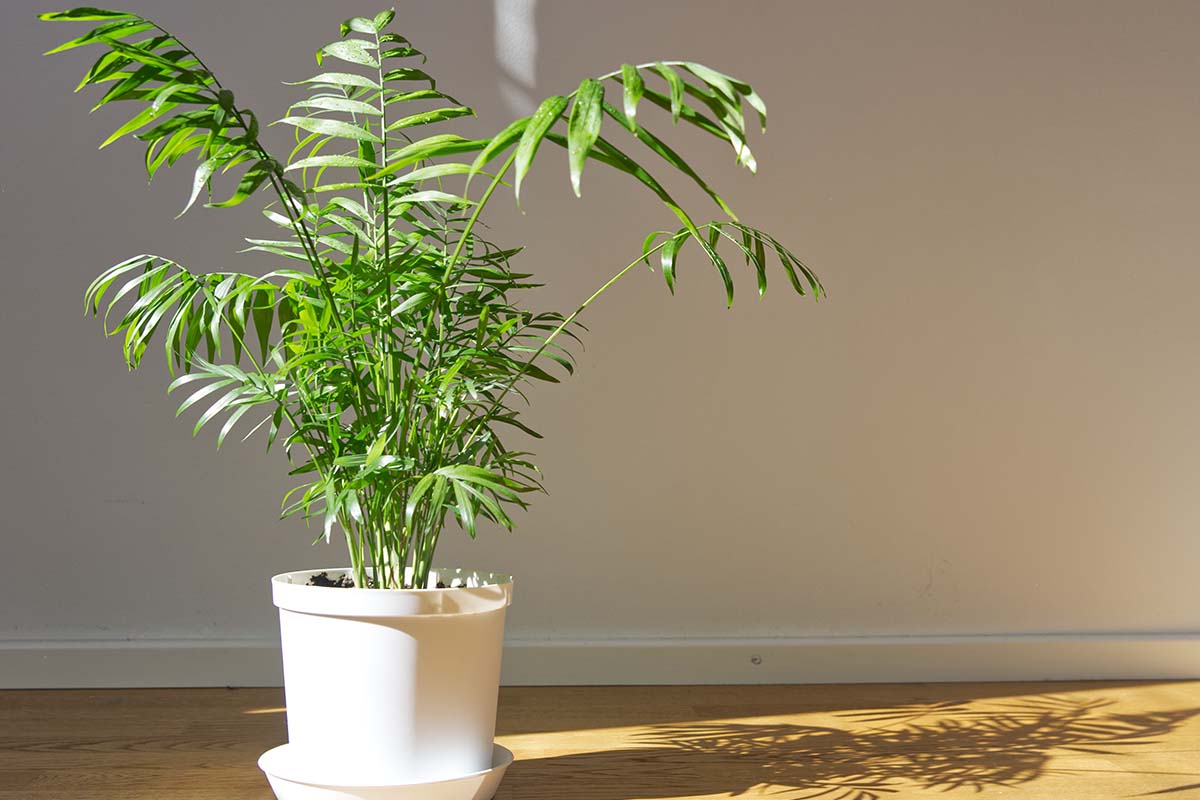
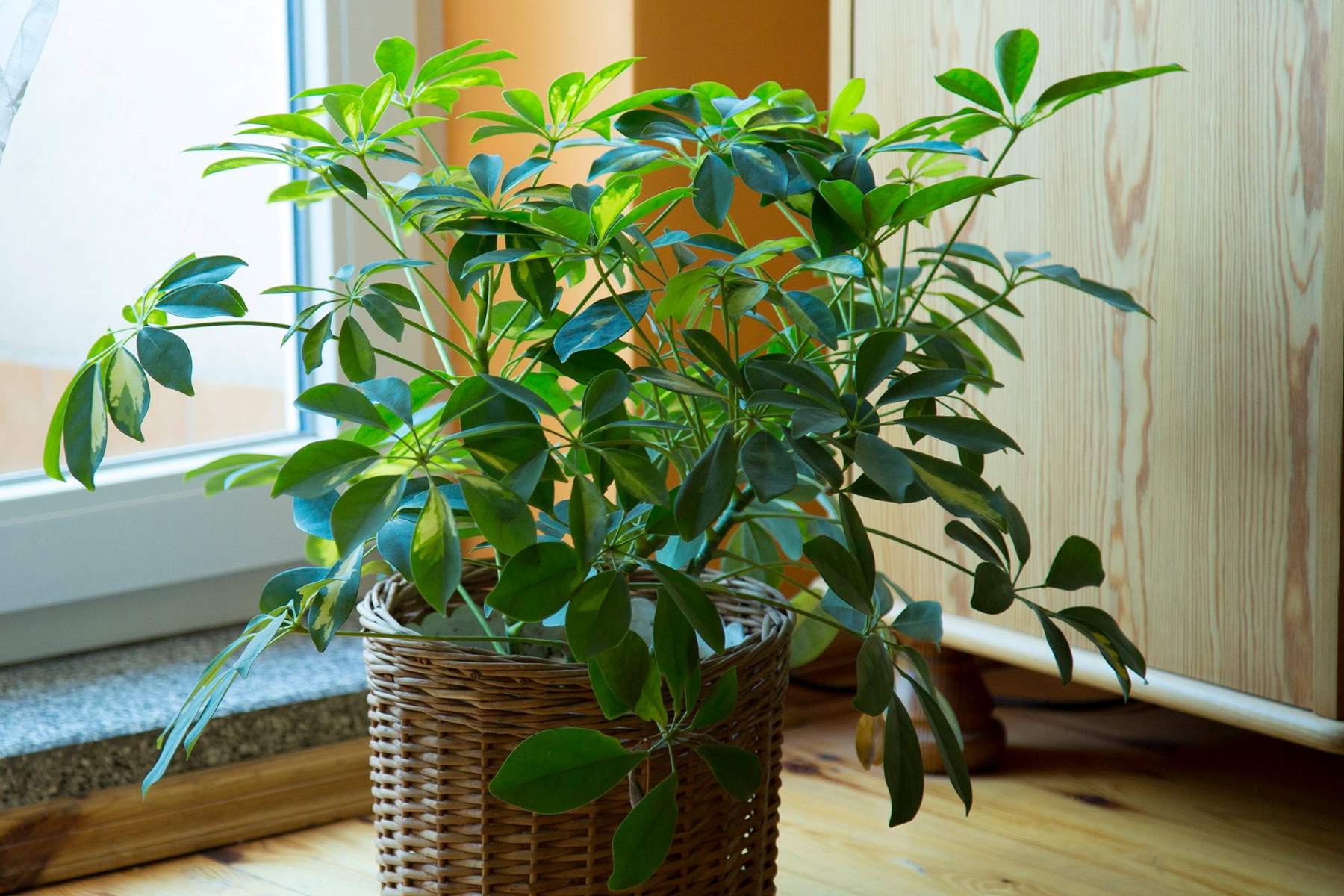
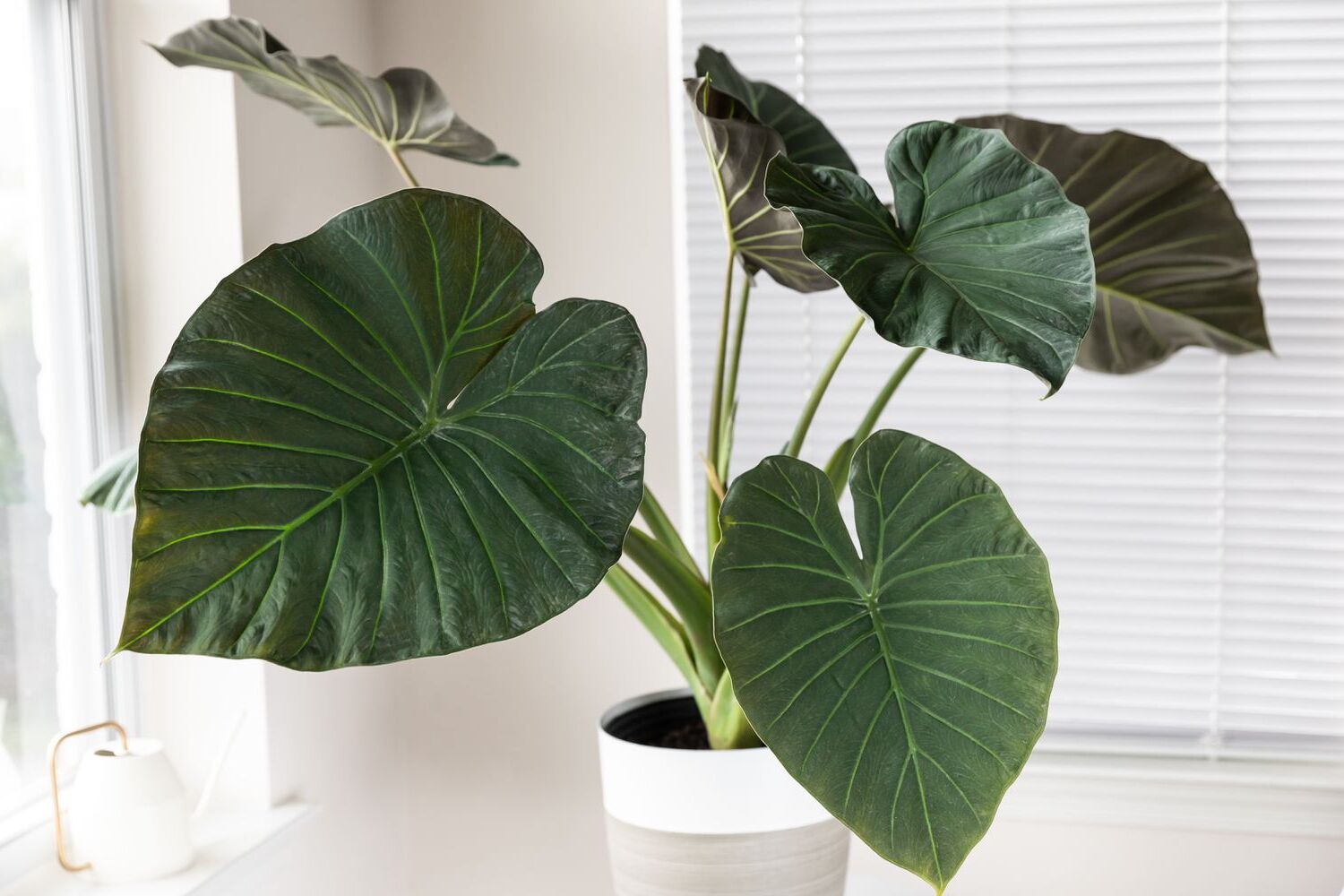
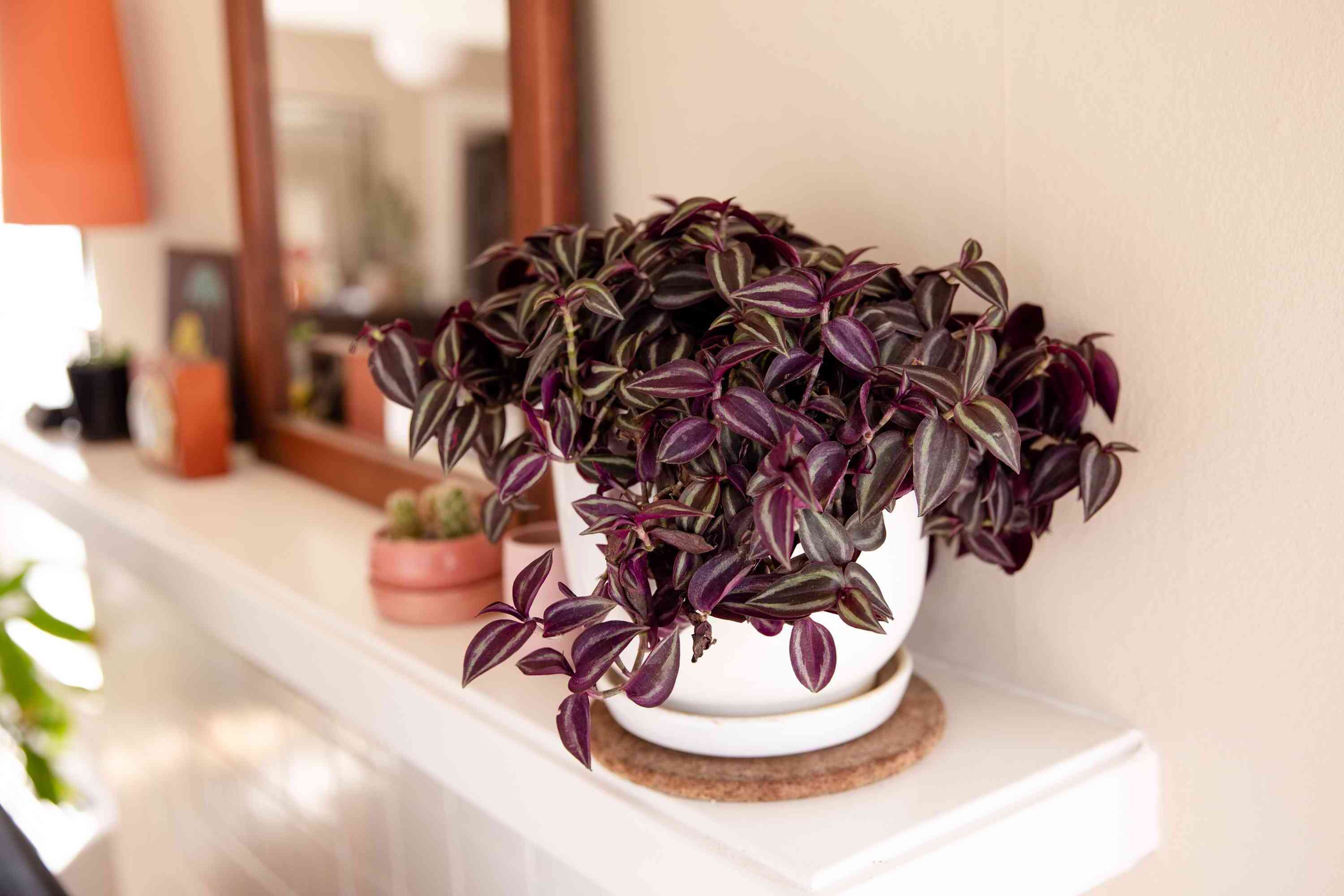
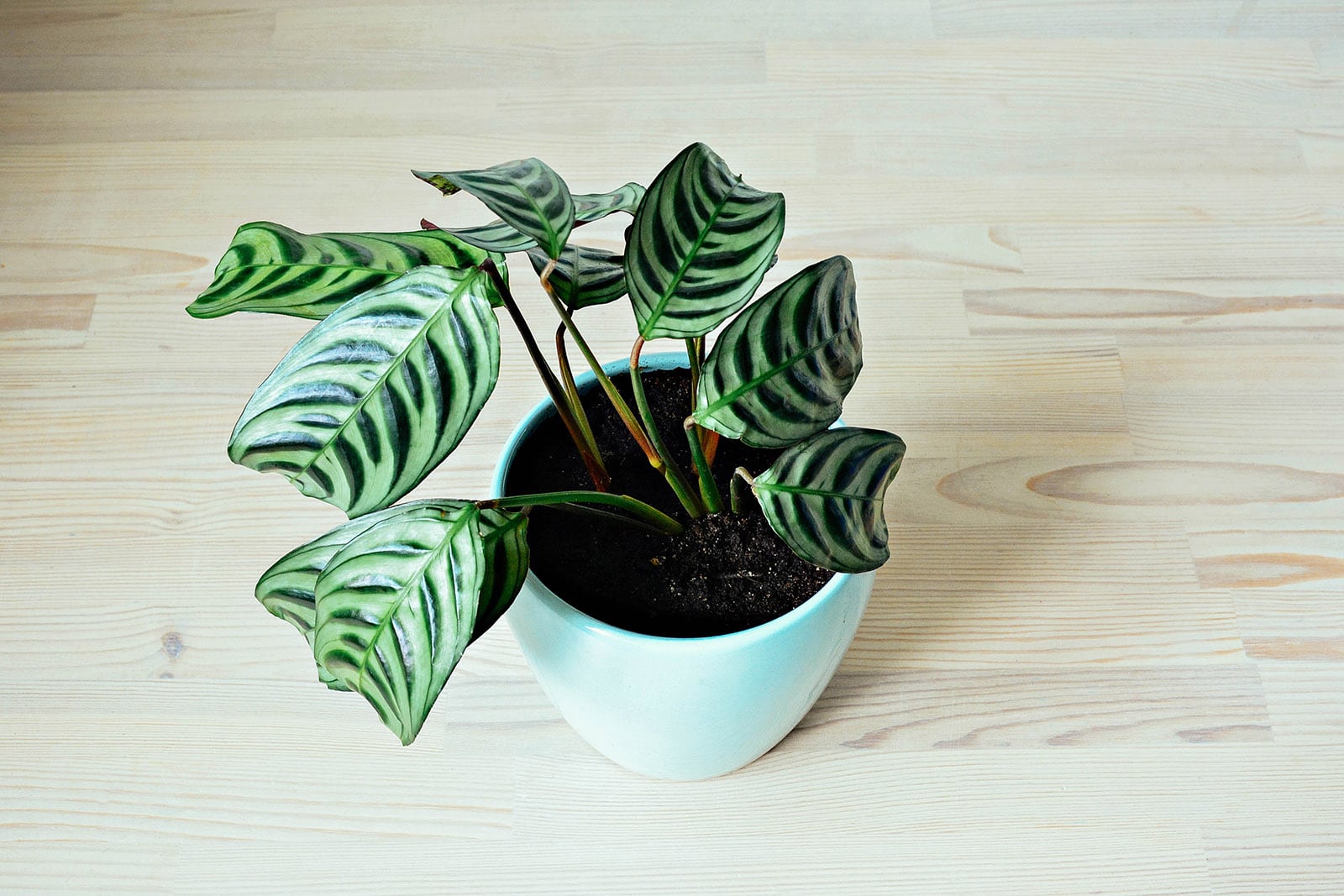
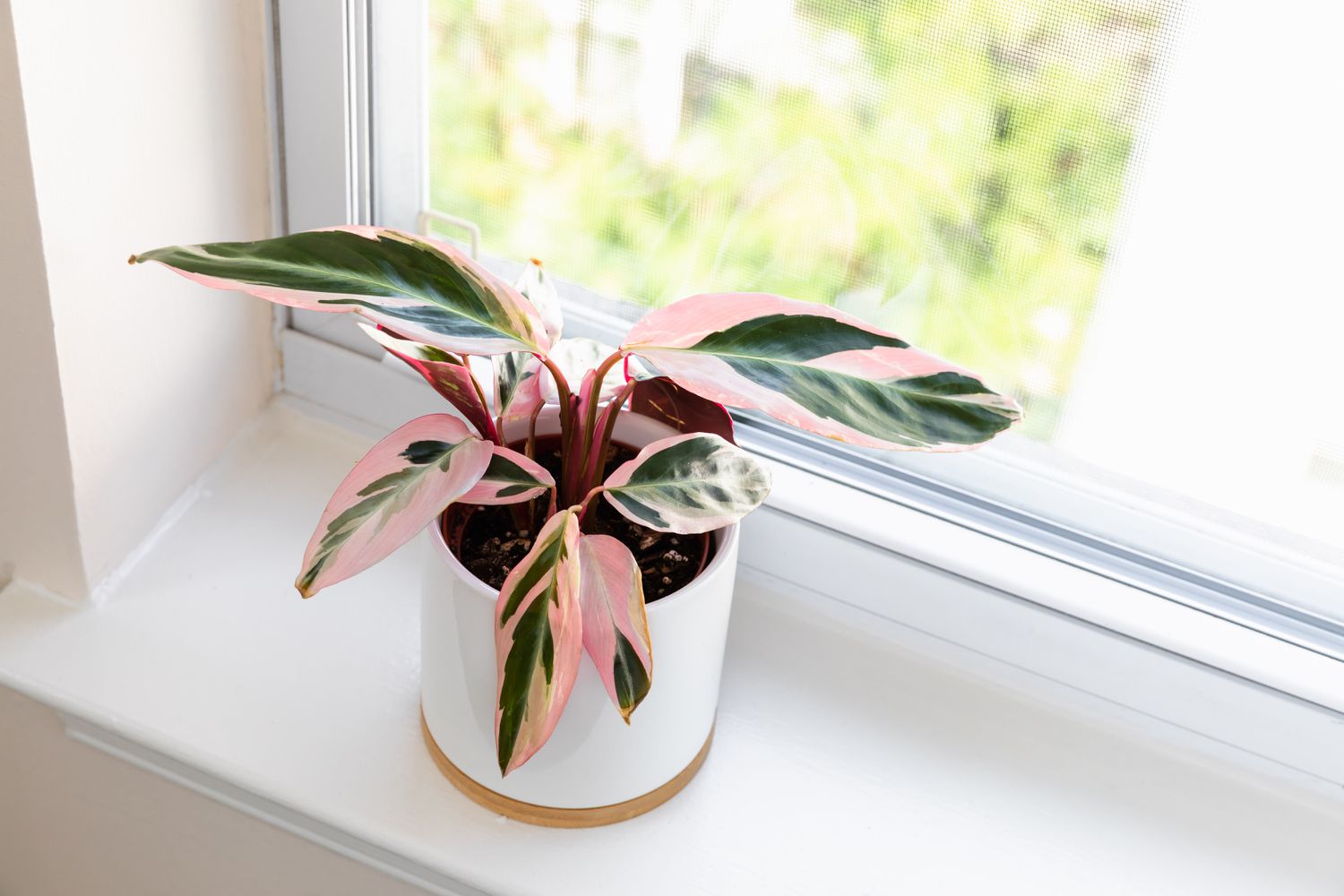
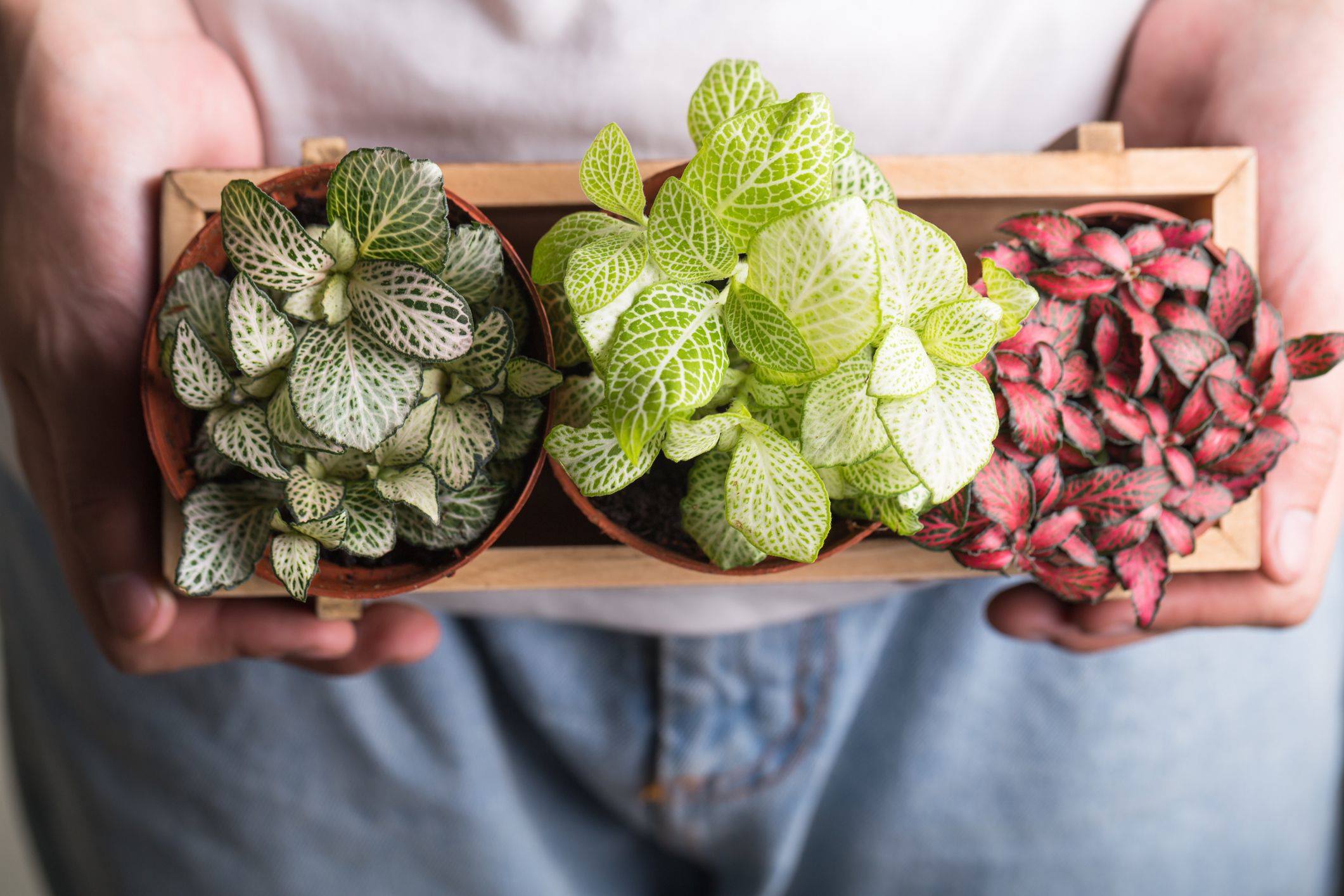
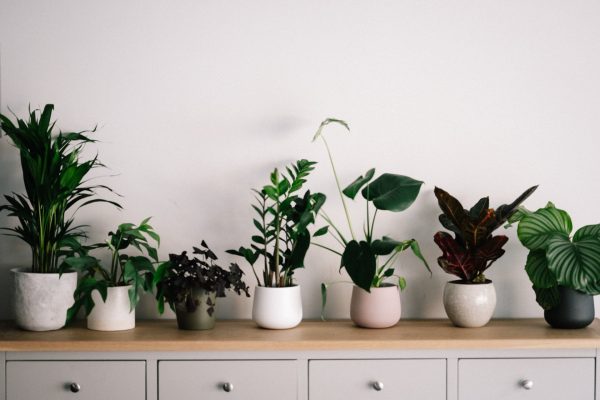


0 thoughts on “Indoor Rubber Plant Care Ficus Elastica Growing Guide”